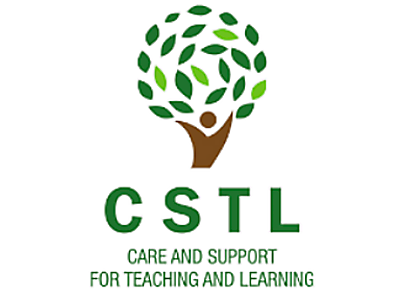Ten messages about children with disabilities

- Prevent negative stereotypical attitudes about children with disabilities by avoiding negative words, such as “disabled,” “crippled,” “handicapped,” instead of “a child with a physical or movement disability”; “wheelchair bound” for “a child who uses wheelchair”, “deaf and dumb” instead of “a child with hearing and speech disability”, or “retarded” for “a child with mental disability.”
- Depict children with disabilities with equal status as those without disabilities. For example, a student with a disability can tutor a younger child without a disability. Children with disabilities should interact with non-disabled children in as many ways as possible.
- Allow children with disabilities to speak for themselves and express their thoughts and feelings. Involve children with and without disabilities in the same projects and encourage their mutual participation.
- Observe children and identify disabilities. Early detection of disabilities has become part of early-childhood education. The earlier a disability is detected in a child, the more effective the intervention and the less severe the disability.
- Refer the child whose disability is identified, for developmental screening and early intervention.
- Adapt the lessons, learning materials and classroom to the needs of children with disabilities. Use means such as large print, seating the child in the front of the class, and making the classroom accessible for the child with a movement disability. Integrate positive ideas about disabilities into classwork, children’s play and other activities.
- Sensitise parents, families, and caregivers about the special needs of children with disabilities. Speak to parents in meetings as well as on a one-to-one basis.
- Teach frustrated parents simple ways to deal with and manage their child’s needs and help them to have patience to prevent abuse of the disabled child.
- Guide siblings and other family members in lessening the pain and frustration of parents of children with disabilities, by being helpful.
- Actively involve parents of young children with disabilities as full team members in planning school and after school activities.
Sign in to add your comment.
Shortcuts
RECOMMENDED
CSTLPULSE.africa is a community for every education stakeholder across SADC Member States. The content shared on the platform combines content originated from CSTL as well as third party content from partners, open sources, and our community. To understand our permission policy please refer to A Better Africa's privacy statement.
FutureLife-Now! Newsletter.
Click here to view some of the ideas and comments from the Teachers' mental health and well-being forum.
Thank you to all who attended the CSTL One Community - SADC Collaborates Conference on November 23rd and 24th, 2023. Click here to view all recordings and pdf documents of keynote speaker presentations.
Translation * Traduction * Tradução
Disclaimer: The team at CSTL Pulse has utilised an online automated translator. As a result parts of the French and Portuguese translation may not be completely correct.
Avis de non-responsabilité : l'équipe de CSTL Pulse a utilisé un traducteur automatisé en ligne. Par conséquent, certaines parties de la traduction française et portugaise peuvent ne pas être tout à fait correctes.
Isenção de responsabilidade: a equipe do CSTL Pulse utilizou um tradutor automático online. Como resultado, partes da tradução francesa e portuguesa podem não estar completamente corretas.

 .
. 



